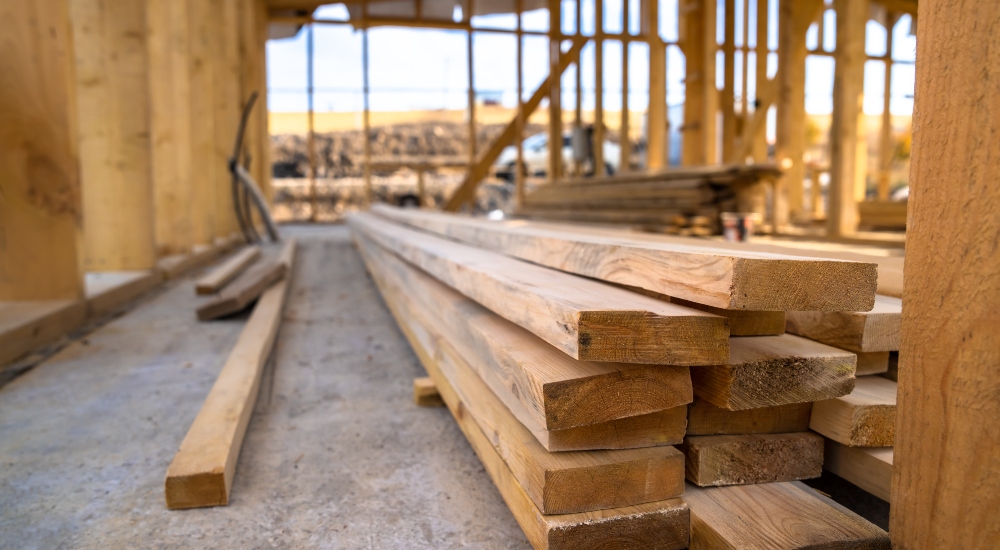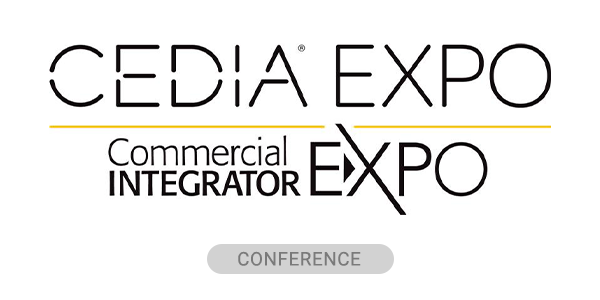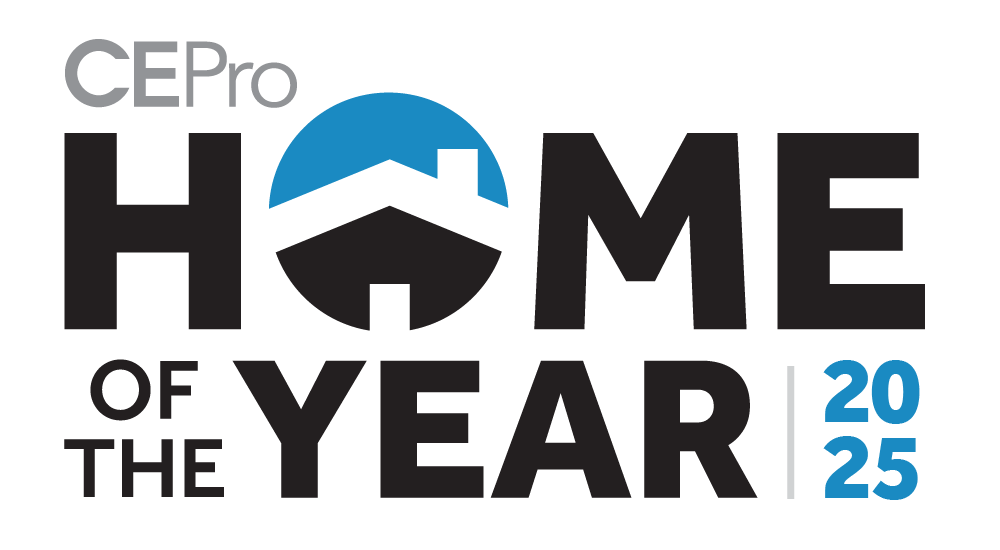Single-family housing starts crept lower in April as economic uncertainties have continued to cool an already chilly market for new home construction. According to the new construction report from the U.S. Department of Housing and Urban Development and the U.S. Census Bureau, single family starts dropped 2.1% compared to March and 12% compared to April 2024.
This leaves the current rate of single-family development at 927,000, which is the number of homes that would begin production if development kept this pace for 12 months. The decline in new single-family construction in April comes amidst a broader industry slowdown as both uncertainty and pressures from tariffs continue to drag on consumer spending patterns and homebuilder’s ability to deliver on more affordable housing projects that the average U.S. citizen will be able to afford.
Related News: Submissions for the 2025 CE Pro Home of the Year Awards Open
Overall housing starts were up 1.6% in April, however, boosted to a rate of 1.36 million units by the multifamily sector, which rose 10.7% to an annualized 434,000 pace, though many economists have pointed out that, due to the lengthy planning process for multifamily homes, it is likely the bulk of materials for these projects were acquired before tariffs went into effect.
Northeast Sees Greatest New Construction Surge in April
Dipping into the regional data, the Northeast led the pack in April construction with new housing starts up 12.9% compared to March numbers. The South also saw growth, with new construction rising 10.9% in the region throughout April. Both the Midwest and West, however, saw equal-weighted drops in their regions, with housing starts dropping 10.8% and 16.1% respectively.
Tariff Talks Continue to Cool Already Frigid Housing Market
Speaking to other publications, homebuilders have cited uncertainty on the tariff front and rising construction costs as the main factors contributing to this continued slowdown in the housing market. This uncertainty has been seen at both the business and consumer market levels, as U.S. consumers in particular have become particularly sensitive to the possibility of rising inflation or a full-blown recession occurring within the next few years.
As it stands, a large majority of President Trump’s proposed tariffs have yet to go into effect, with the 90-day grace period of some the biggest still active. Presently, a few trade deals have been inked with the likes of both the U.K. and China, giving hopes of relief to some, however, many of the tariffs impacting the homebuilding market are still in effect and unrelated to the current trade pressures such as the 25% tariff on all Canadian and Mexican goods, as well as the 25% tariff on all aluminum and steel imports that supersedes country-specific tariffs.
The Trump administration has also stated that no matter what trade deal is reached, all imports into the U.S. from other countries can still expect at 10% tariff.
These tariffs alone have still led to increasing material costs, with the National Association of Homebuilders (NAHB) estimating homebuilding costs have already increased by at least 7% as a result of existing tariffs. As the U.S. continues to grapple with a housing affordability crisis due to already high home values and elevated mortgage rates, many view tariffs as exacerbating an already strenuous situation for a majority of Americans. Currently, according to Freddie Mac, the rate on an average 30-year fixed rate mortgage sits at 6.81%, hovering just below the 7% mark for the past 17 weeks.
While the stable mortgage rates and rising home inventory have attracted more homebuyers than in recent months, many still remain on the sidelines as a result of the economic uncertainty, with more consumers beginning to pull out of deals as a result of the current outlook.
Homebuilder Sentiment Sinks Even Further Heading into May
Permits, which are generally seen as a soft indicator of potential demand in the coming months, reflect this worsening outlook, with overall permits dropping 4.7% from March to a 1.41-million-unit annualized rate in April.
Single-family permits decreased 5.1% to a 922,000-unit rate and are down 6.2% compared to April 2024 while multifamily permits decreased 3.7% to a 490,000 pace.
Building confidence, likewise, has dropped even further according to the NAHB/Wells Fargo Housing Market Index (HMI). Builder confidence in the market for newly built single-family homes dropped six points from April to 34 in May.
For reference, the HMI operates on a scale of 0 – 100 with a reading over 50 meaning that more homebuilders view the market positively for current and near-term prospects. A lower number implies greater pessimism among builders.
The index for current sales conditions fell eight points to 37 while the indices for sales expectations in the next six months and traffic of prospective buyers edged only slightly lower, one and two points respectively, to 42 and 23, still firmly in the less optimistic territory.
This lack of confidence also saw more homebuilders cutting home prices, with 34% saying they reduced the prices for homes. The average price reduction for homes was 5%.
Analysts Find Potential Silver Lining in Remodels
At the recent Oasys buying group summit, a group of industry panelists mentioned the likelihood that tariff-driven inflation in home prices will potentially push another home remodel boom as elevated prices and and mortgage rates keep existing homeowners from purchasing a new home. This outlook has been shared by multiple research organizations looking into the housing market, including the Joint Center for Housing Studies (JHCS), which, back in July 2024, predicted that while economic uncertainty and continued weakness in home sales has kept a lid on residential remodeling, many drivers are starting to move up again.
In a report from last year, the JHCS expected the home remodeling market to reach $466 billion through the second quarter of this year, with renovations adopting a more sustainable pace compared to the frenzied spending that occurred in the aftermath of the pandemic. This position was updated as recently as April, saying that remodeling is still likely to continue its gains this year as economic uncertainty trounces the housing market. Though, as with all economic prospects currently, there is a caveat.
“So far, high home values and other strong economic indicators have supported an uptick in homeowner improvement spending,” states Carlos Martín Director, Remodeling Futures Program. “However, economic volatility due to the uncertainty surrounding foreign tariffs and falling consumer confidence could well dampen this expected growth.”
Keep Reading:
Check out this stylish remodel that took home last year’s HOTY award
Here’s some of the most valuable home tech upgrades to offer clients
And is retrofitting actually worth the effort for integrators?
















